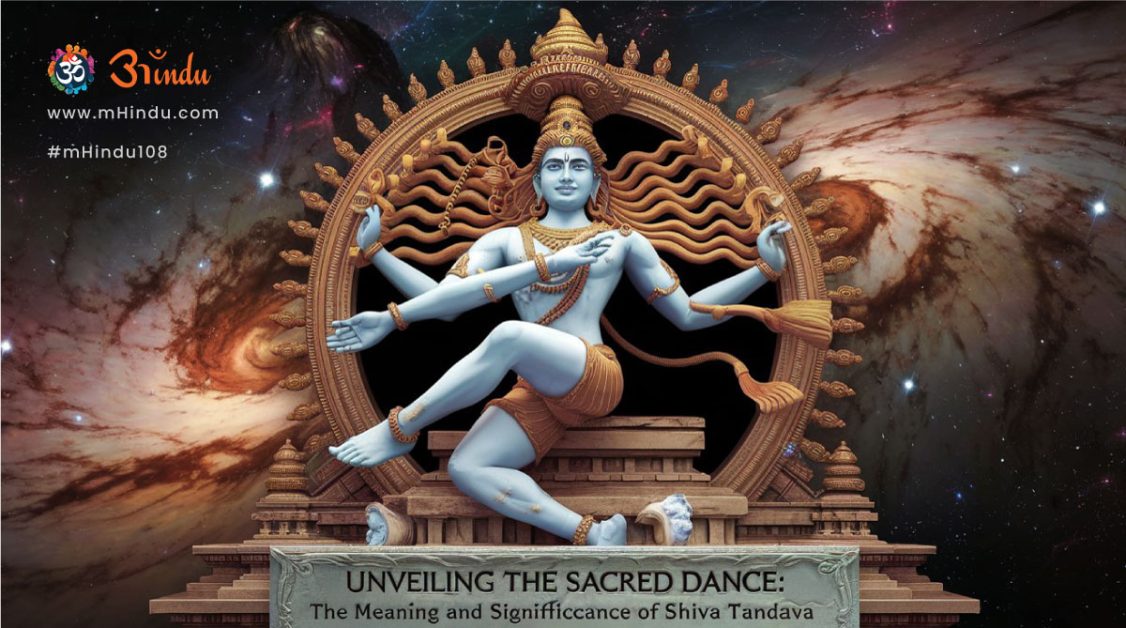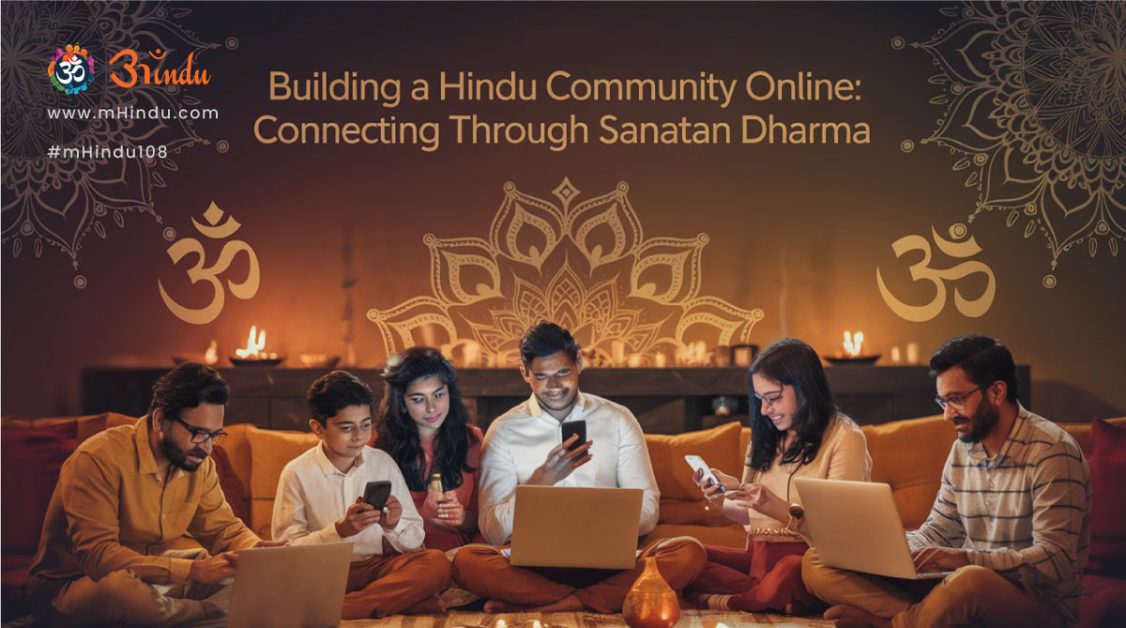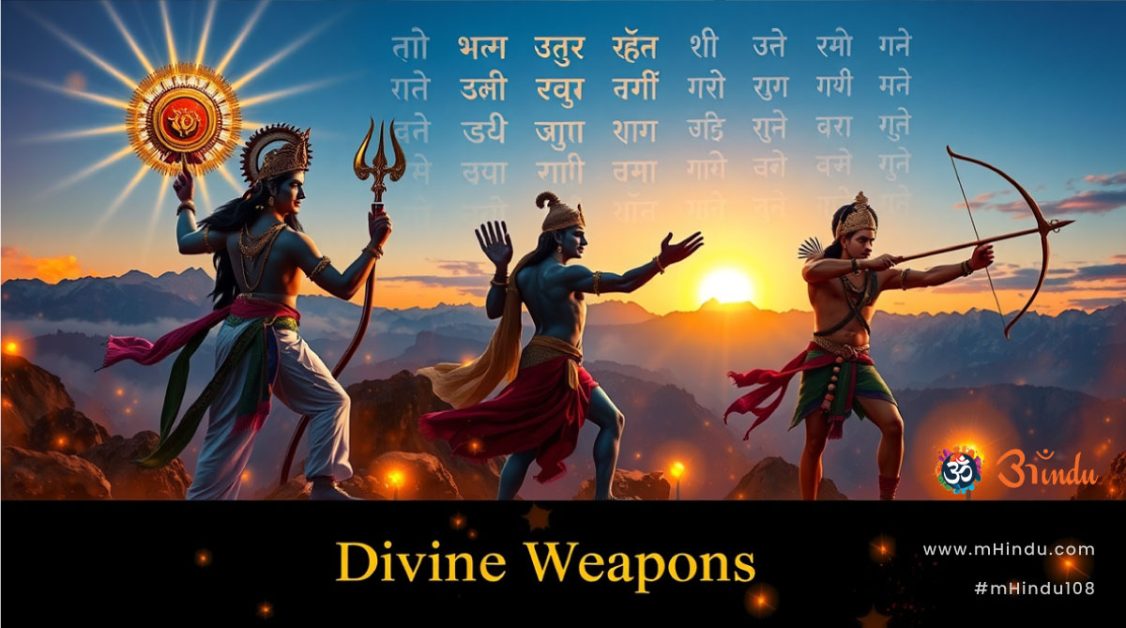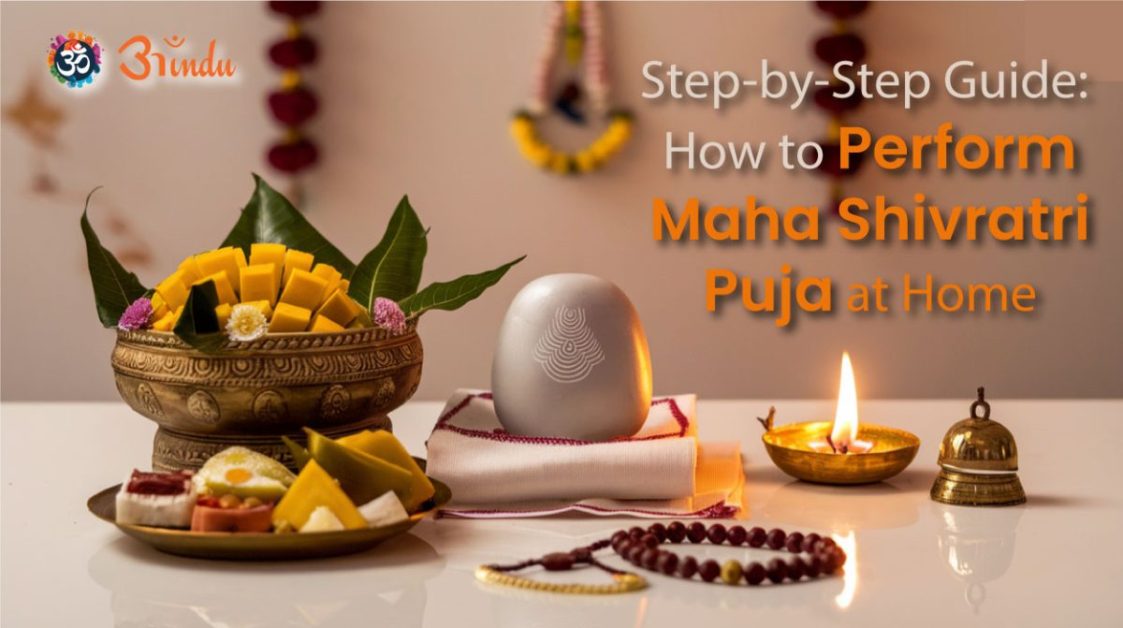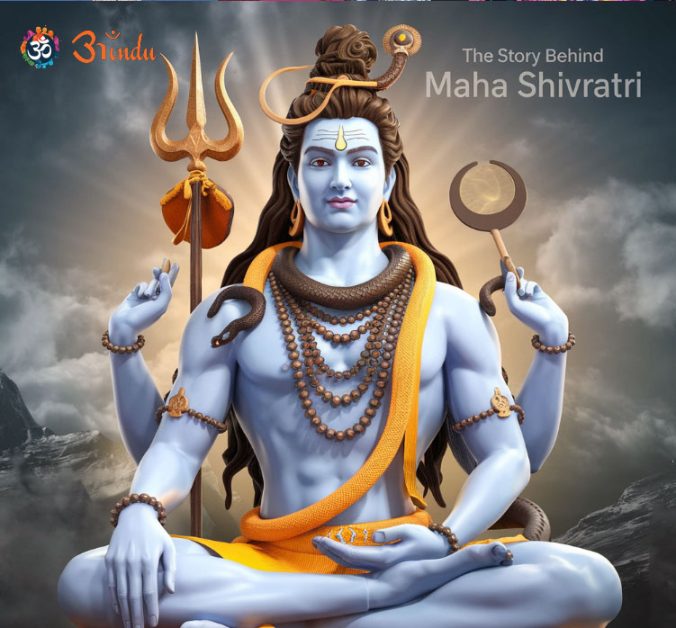
Maha Shivratri, one of the most sacred festivals in Hinduism, is a night of profound spiritual significance. Celebrated in honor of Lord Shiva, this festival marks the convergence of devotion, penance, and spiritual awakening. Millions of devotees across India and the world observe fasts, offer prayers, and chant Shiva mantras to seek blessings and divine energy. But what is the story behind Maha Shivratri? Why is it celebrated with such fervor? Let’s explore the spiritual and mythological aspects of this divine night.
Explore Blog Content
ToggleThe Significance of Maha Shivratri
Maha Shivratri, which translates to “The Great Night of Shiva,” falls on the 14th day of the lunar month of Phalguna. Unlike other Hindu festivals that emphasize grand feasts and social gatherings, Maha Shivratri is a solemn observance of meditation, prayer, and self-discipline. Devotees stay awake all night, chanting the “Om Namah Shivaya” mantra, and engaging in spiritual practices.
The Spiritual Meaning of Maha Shivratri
Maha Shivratri is not just about rituals; it holds a deep spiritual meaning:
- It signifies overcoming darkness and ignorance in life.
- The all-night vigil represents self-awareness and enlightenment.
- The union of Shiva and Shakti symbolizes the harmony of opposites in the universe.
- Observing Maha Shivratri is believed to lead to moksha (liberation), releasing the soul from the cycle of birth and rebirth.
"Shiva is not a person, but the very essence of existence. He is that which is not, and from which everything emerges."Sadhguru
Mythological Stories Behind Maha Shivratri
Hindu scriptures narrate multiple stories that explain the origins and significance of Maha Shivratri. Some of the most popular legends include:
1. The Marriage of Shiva and Parvati
According to one of the most widely accepted stories, Maha Shivratri is the night when Lord Shiva married Goddess Parvati. It symbolizes the divine union of Shakti (feminine energy) and Shiva (masculine energy), representing the balance of cosmic forces.
2. The Legend of Neelkanth
Another significant legend states that during the Samudra Manthan (Churning of the Ocean), a deadly poison called Halahala emerged, which threatened to destroy the universe. To save creation, Lord Shiva consumed the poison, holding it in his throat, which turned blue. This act of self-sacrifice is commemorated on Maha Shivratri as a reminder of Shiva’s compassion and his role as a protector of the universe.
3. The Infinite Pillar of Fire (Lingodbhava)
A lesser-known but equally powerful tale describes an argument between Lord Vishnu and Lord Brahma over who was supreme. To settle the dispute, Lord Shiva appeared as an endless pillar of fire, challenging them to find its beginning or end. Neither could, proving that Shiva is the ultimate and infinite cosmic force. This story emphasizes the importance of surrendering to the divine rather than engaging in ego-driven battles.
"Maha Shivratri is a festival that reminds us of the ultimate reality – that everything in this universe is transient, except the eternal truth of Shiva."Swami Vivekananda
How Maha Shivratri is Celebrated
1. Observing Fast and Meditation
Devotees observe a strict fast, consuming only fruits, milk, and water. Fasting is believed to purify the mind and body, allowing devotees to focus entirely on their spiritual journey.
2. Rudrabhishekam – The Sacred Bath of the Shiva Lingam
The Shiva Lingam, a symbolic representation of Lord Shiva, is bathed with milk, honey, ghee, curd, and water, accompanied by the chanting of sacred mantras. Offerings of bel patra (Bilva leaves), which are believed to be dear to Shiva, are made to seek his blessings.
3. Nightlong Vigil and Chanting
Devotees stay awake throughout the night, reciting Shiva Stotras, reading from the Shiv Purana, and performing bhajans. It is believed that those who observe the night vigil with full devotion attain liberation from past sins and gain divine blessings.
4. Special Temple Rituals
Shiva temples across India, including Kedarnath, Kashi Vishwanath, Somnath, and Mahakaleshwar, witness grand celebrations. Lakhs of devotees visit these temples to offer prayers and perform rituals.
Conclusion
Maha Shivratri is more than just a festival; it is a night of transformation, devotion, and self-reflection. By engaging in prayer, fasting, and meditation, devotees connect deeply with Lord Shiva’s divine energy. Whether celebrated in temples or at home, Maha Shivratri provides an opportunity to cleanse the soul and attain spiritual enlightenment. Har Har Mahadev!
FAQs on Maha Shivratri
1. Why is Maha Shivratri celebrated at night?
Maha Shivratri is celebrated at night because it marks the divine union of Shiva and Parvati, and also represents a time for deep meditation and spiritual awakening.
2. What is the significance of fasting on Maha Shivratri?
Fasting is a way to purify the body and mind, helping devotees focus on devotion and spiritual growth while seeking Lord Shiva’s blessings.
3. Can non-Hindus observe Maha Shivratri?
Yes, Maha Shivratri is a universal festival of spiritual awakening, and anyone interested in devotion, meditation, or yoga can observe it.
4. What is the importance of Bilva leaves in Shiva worship?
Bilva leaves are believed to be dear to Lord Shiva and are offered during rituals to seek his blessings and protection from negativity.
5. What happens if someone stays awake all night on Maha Shivratri?
It is believed that staying awake in devotion on this night leads to divine grace, removal of past sins, and spiritual progress.
6. Which is the most famous temple to visit on Maha Shivratri?
Kashi Vishwanath, Kedarnath, Somnath, and Mahakaleshwar temples are among the most revered places to visit during Maha Shivratri.
7. How can I celebrate Maha Shivratri at home?
You can observe a fast, perform Rudrabhishekam, chant Shiva mantras, read the Shiv Purana, and meditate on Lord Shiva.
8. Why is Lord Shiva called Neelkanth?
Shiva is called Neelkanth (Blue Throat) because he drank the deadly Halahala poison during the churning of the ocean to save the universe.


